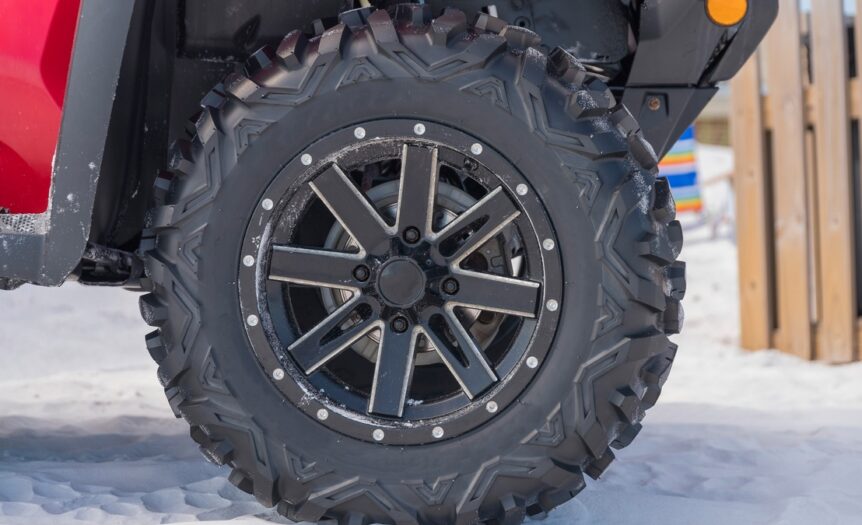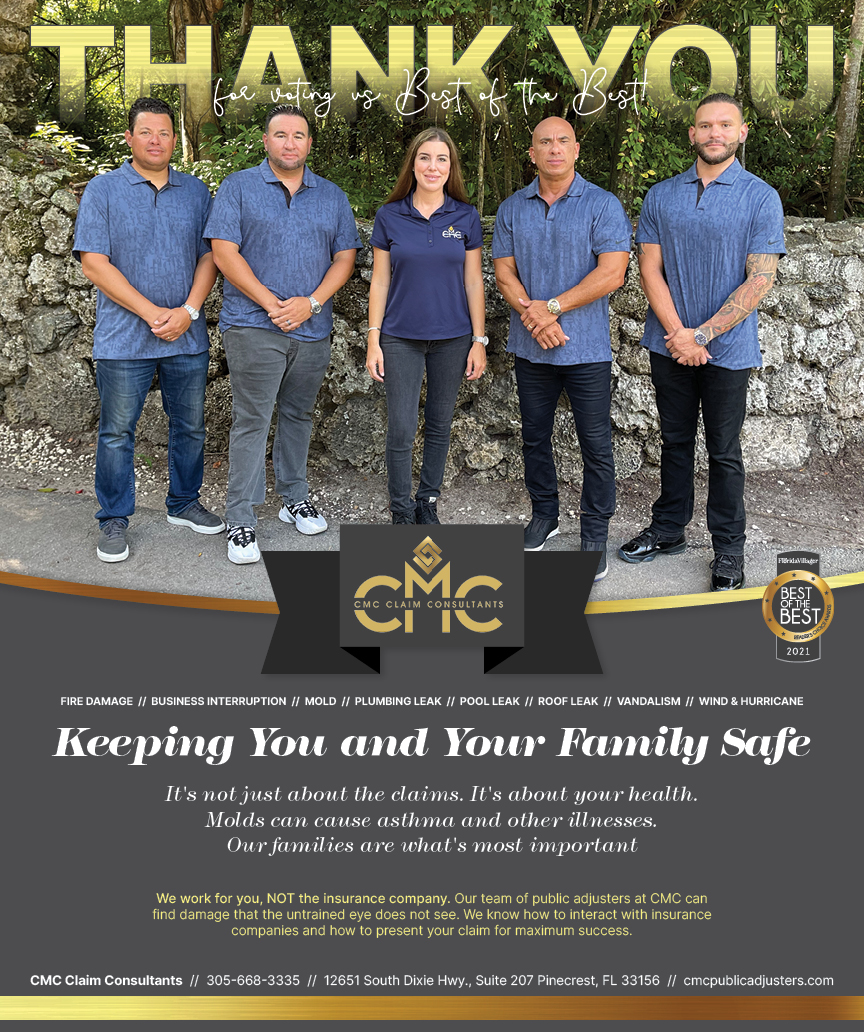Off-roading embodies the ultimate blend of adventure and adrenaline, offering enthusiasts the opportunity to explore rugged terrains and untouched landscapes. It’s a thrilling escape from the monotony of paved roads, rewarding adventurers with a sense of freedom and accomplishment.
However, the excitement often comes with notable risks, as unpredictable terrain and remote locations can amplify hazards. Take a closer look at the different ways you can make off-roading safer so you don’t have to wait to embrace the next adventure responsibly.
Inspect Your Vehicle Thoroughly Before Hitting the Trail
Before embarking on any off-road expedition, a comprehensive check of your vehicle is an easy and important step. The demands of uneven terrain can strain even the most rugged 4x4s, making it crucial to ensure your rig is in peak condition.
Starting with the tires, confirm they have adequate tread depth and are specifically for off-road use. Additionally, check the tire pressure because proper inflation can mean the difference between slipping on loose surfaces and conquering them confidently.
Scrutinize the undercarriage for any loose components. Skid plates, suspension parts, and the drivetrain endure the brunt of off-road stress and should be secure. Don’t overlook fluid levels; adequate transmission, brake, and coolant fluids will maintain operational reliability in harsher environments.
Equip Yourself With the Right Gear
Equipping yourself with the right hardware is a critical way you can make off-roading safer. Recovery gear, such as a durable winch and heavy-duty tow straps, is indispensable when vehicles inevitably encounter obstacles like deep mud or steep inclines. A high-lift jack is another key piece of recovery equipment, offering the leverage needed for tire changes or extraction scenarios.
For mechanical emergencies, be sure your tool kit is complete with the most helpful hardware, such as wrenches, tire plugs, and a portable air compressor. Compact yet functional, these tools often serve as lifesavers when you’re making quick fixes.
Don’t overlook additional tools you can install on the exterior of the vehicle, such as new headlights, light bars, or fog lights. A key reason fog lights are essential for safe driving is that they will help you maintain visibility, thanks to their unique positioning.
Master the Techniques That Keep You in Control
Off-road driving requires a distinct skill set that goes beyond standard vehicle operation. Knowing your vehicle’s limits is crucial; overestimating its capabilities can quickly result in damage or dangerous situations. Drive in accordance with the vehicle’s labeled towing capacity, and only take your car on terrain that your tires can handle.
Additionally, keep an eye on situational awareness. Before navigating common off-road hazards, such as river crossings or dense forest patches, pause to assess the environment. Water depths, hidden rocks, or unstable ground surfaces demand careful evaluation to ensure safety.
Momentum management is another skill that becomes invaluable, especially when tackling sand dunes or loose gravel paths. Knowing when to accelerate, brake, or coast minimizes mechanical strain and enhances overall safety. Whether you’re exploring arid deserts, lush forests, or snow-clad trails, being prepared makes all the difference. Adventure responsibly, and there’s no terrain too tough to conquer.










 Deering Estate
Deering Estate
 Massage Envy South Miami
Massage Envy South Miami
 Calla Blow Dry
Calla Blow Dry
 My Derma Clinic
My Derma Clinic
 Sushi Maki
Sushi Maki
 Sports Grill
Sports Grill
 The Healthy Kitchen
The Healthy Kitchen
 Golden Rule Seafood
Golden Rule Seafood
 Malanga Cuban Café
Malanga Cuban Café

 Kathleen Ballard
Kathleen Ballard
 Panter, Panter & Sampedro
Panter, Panter & Sampedro
 Vintage Liquors
Vintage Liquors
 The Dog from Ipanema
The Dog from Ipanema
 Rubinstein Family Chiropractic
Rubinstein Family Chiropractic
 Your Pet’s Best
Your Pet’s Best
 Indigo Republic
Indigo Republic




 ATR Luxury Homes
ATR Luxury Homes


 2112 Design Studio
2112 Design Studio
 Hamilton Fox & Company
Hamilton Fox & Company
 Creative Design Services
Creative Design Services
 Best Pest Professionals
Best Pest Professionals
 HD Tree Services
HD Tree Services
 Trinity Air Conditioning Company
Trinity Air Conditioning Company
 Cisca Construction & Development
Cisca Construction & Development
 Mosquito Joe
Mosquito Joe
 Cutler Bay Solar Solutions
Cutler Bay Solar Solutions


 Miami Royal Ballet & Dance
Miami Royal Ballet & Dance
 Christopher Columbus
Christopher Columbus
 Pineview Preschools
Pineview Preschools
 Westminster
Westminster
 Carrollton
Carrollton
 Lil’ Jungle
Lil’ Jungle
 Frost Science Museum
Frost Science Museum
 Palmer Trinity School
Palmer Trinity School
 South Florida Music
South Florida Music
 Pinecrest Orthodontics
Pinecrest Orthodontics
 Dr. Bob Pediatric Dentist
Dr. Bob Pediatric Dentist
 d.pediatrics
d.pediatrics
 South Miami Women’s Health
South Miami Women’s Health

 The Spot Barbershop
The Spot Barbershop
 My Derma Clinic
My Derma Clinic




 Miami Dance Project
Miami Dance Project

 Rubinstein Family Chiropractic
Rubinstein Family Chiropractic
 Indigo Republic
Indigo Republic

 Safes Universe
Safes Universe
 Vintage Liquors
Vintage Liquors
 Evenings Delight
Evenings Delight





 Atchana’s Homegrown Thai
Atchana’s Homegrown Thai
 Baptist Health South Florida
Baptist Health South Florida

 Laser Eye Center of Miami
Laser Eye Center of Miami
 Visiting Angels
Visiting Angels
 OpusCare of South Florida
OpusCare of South Florida

 Your Pet’s Best
Your Pet’s Best





 HD Tree Services
HD Tree Services
 Hamilton Fox & Company
Hamilton Fox & Company


 Creative Design Services
Creative Design Services